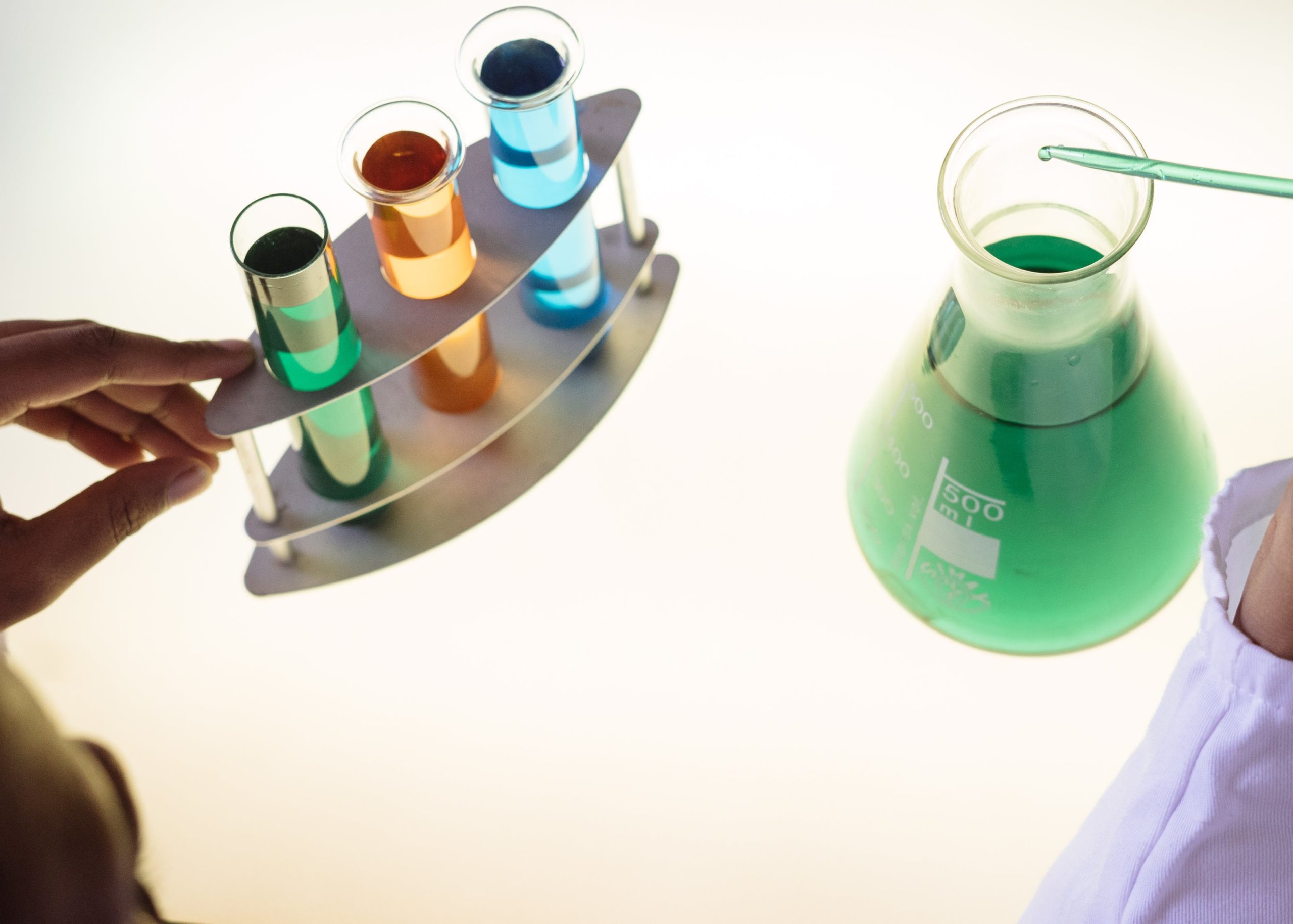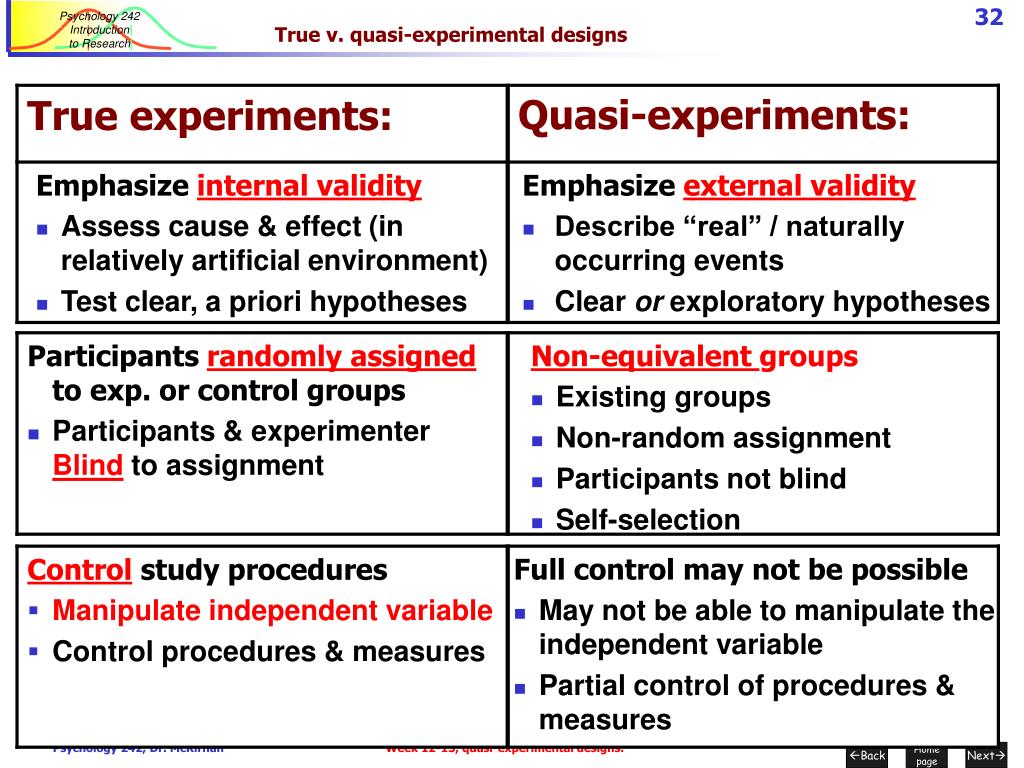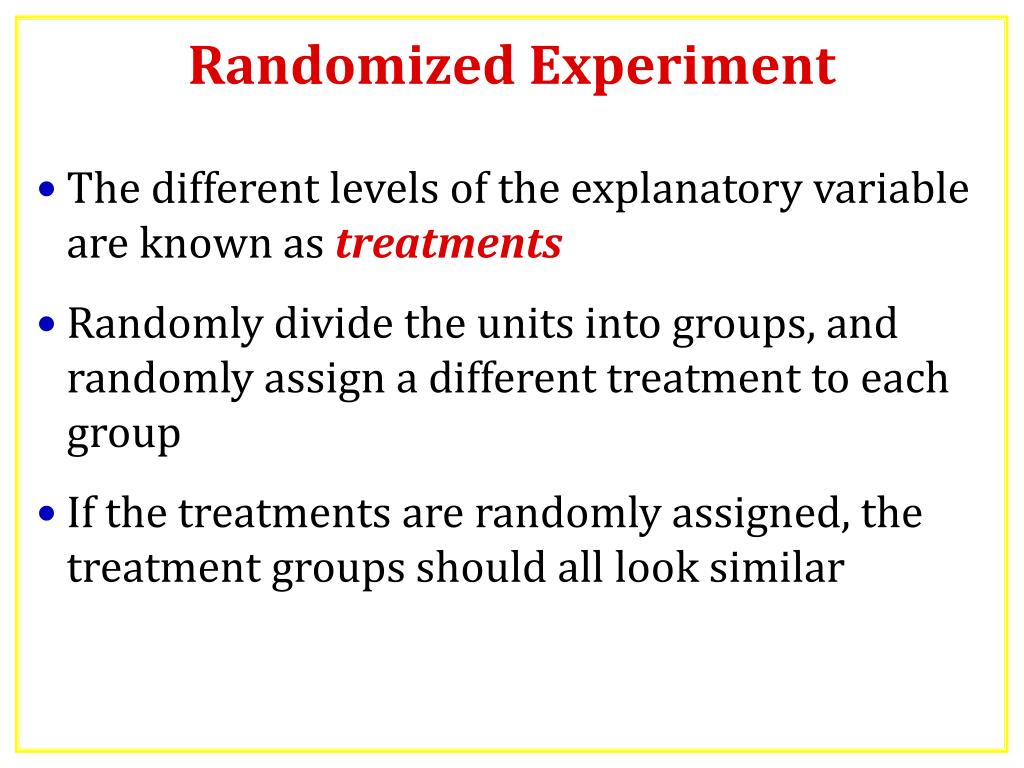Table Of Content

You can also compare different levels for given factors, such as whether a cultivar from nursery A produces a higher yield, better taste, or both than a plant from nursery B. Strawberries also need plenty of water to ensure juiciness; applying 1ml of water would be difficult to accurately achieve and, possibly, trigger drought stress responses. Sometimes your DOE factors do not behave the same way when you look at them together as opposed to looking at the factor impact individually. In the world of pharmaceuticals, you hear a lot about drug interactions. But taking them both at the same time can cause an interaction effect that can be deadly.
Summary: DOE vs. OFAT/Trial-and-Error
We would have missed out acquiring the optimal temperature and time settings based on our previous OFAT experiments. Say we want to determine the optimal temperature and time settings that will maximize yield through experiments. In a true experiment design, the participants of the group are randomly assigned. So, every unit has an equal chance of getting into the experimental group. In this article, we are going to discuss these different experimental designs for research with examples.

Apply Full Factorial DOE on the same example
These measures may be administered using specialized equipment or software. This involves systematically varying the order in which participants receive treatments or interventions in order to control for order effects. The experiment is more than the process is it also about the people. Project Managers using Design of Experiments in their Quality planning must have excellent communication skills.
Statistical significance
There are several types of regression analysis, including linear regression, logistic regression, and multiple regression. When conducting an experiment that tests only one factor, the impact of factors upon each other is missed. Design of experiment enables the project manager to learn about what happens when factors interact, thus providing a more accurate evaluation of quality. Project managers can use the data from a well-designed experiment in their Quality planning.
Main concerns in experimental design include the establishment of validity, reliability, and replicability. For example, these concerns can be partially addressed by carefully choosing the independent variable, reducing the risk of measurement error, and ensuring that the documentation of the method is sufficiently detailed. Related concerns include achieving appropriate levels of statistical power and sensitivity. Of all the types, the simplest type of experimental design is the completely randomized design, in which the participants are randomly assigned to the treatment groups. The main advantage of using this method is that it avoids bias and controls the role of chance.
A unique application of DOE in marketing is called conjoint analysis. A web-based company wanted to design its website to increase traffic and online sales. Doing a traditional DOE was not practical, so leadership decided to use conjoint analysis to help them design the optimal web page. Doing a designed experiment as opposed to using a trial-and-error approach has a number of benefits. You can visualize, explore your model and find the most desirable settings for your factors using the JMP Prediction Profiler.
Unfortunately, most process outcomes are a function of interactions rather than pure main effects. You will need to understand the implications of that when operating your processes. When discussing the proper settings for your process variables, people often rely on what they have always done, on what Old Joe taught them years ago, or even where they feel the best setting should be.
Why have I been blocked?
Apart from these types of experimental design research in statistics, there are other two methods used in the research process such as randomized block design and completely randomized design. With three variables, machine speed, fill speed, and carbonation level, how many different unique combinations would you have to test to explore all the possibilities? Which combination of machine speed, fill speed, and carbonation level will give you the most consistent fill? The experimentation using all possible factor combinations is called a full factorial design. The study of the design of experiments is an important topic in metascience.
Response Surface Methods Point the Way to Higher rAAV Yields at Lower Levels of Transfection Reagent - Genetic Engineering & Biotechnology News
Response Surface Methods Point the Way to Higher rAAV Yields at Lower Levels of Transfection Reagent.
Posted: Mon, 04 May 2020 07:00:00 GMT [source]
Explanatory Research – Types, Methods, Guide
All rights are reserved, including those for text and data mining, AI training, and similar technologies. For all open access content, the Creative Commons licensing terms apply. This comprehensive study guide offers 1,000+ exam-like questions for Green Belts (2,000+ for Black Belts) with full answer walkthroughs, access to instructors, detailed study material, and more. Here we want to define the interactions that will be in the experiment and understand how to analyze those interactions. Numerous quantitative factors (e.g. hours of sunlight, grams of plant food, and liters of water) or qualitative factors (e.g. the cultivar) can influence the strawberry crop (Figure 2).

With the diagram, you see different factors such as the equipment (oven) and ingredients. In your design, you must capture the factors specifically so that, just as in any experiment, you can replicate them. If your cake burns on the bottom, is it the heating process (conventional / convection), is it the powering source (electrical or gas), and/or is it the placement of the racks (bottom, middle, top) within the oven? Or do all three aspects of the oven factor impact the interactions among other factors and your final result? You must accurately document each factor to better know how changes may shape the outcome.
If your study system doesn’t match these criteria, there are other types of research you can use to answer your research question. The responses we are looking for in this experiment are the yield, the weight, and the taste of the strawberries. You may decide you want a high yield of the tastiest strawberries. DOE also identifies and explores the interactions between those factors. This allows us to optimize the performance and robustness of our processes or assays. It’s a bit like trying to analyze the perfect cup of tea by ignoring the temperature of the water, brew time, and blend, and instead just focusing on whether you add the milk first or second.
Experimental research design should be used when a researcher wants to establish a cause-and-effect relationship between variables. It is particularly useful when studying the impact of an intervention or treatment on a particular outcome. Inferential statistics are used to make inferences or generalizations about a larger population based on the data collected in the study. This involves dividing participants into subgroups or blocks based on specific characteristics, such as age or gender, in order to reduce the risk of confounding variables. This involves randomly assigning participants to different groups or treatments to ensure that any observed differences between groups are due to the treatment and not to other factors.

No comments:
Post a Comment